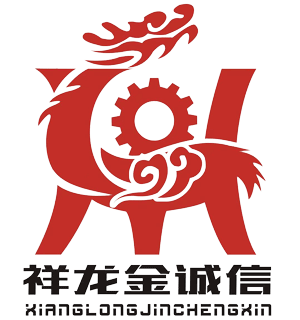How Plastic Blow Molding Machines Improve Manufacturing Speed
Plastic manufacturing plays a huge role across multiple industries today—from packaging materials to car components and everyday consumer items. To handle this demand, specialized machines called blow molding engines have become essential tools. While simple setups could technically produce containers, bottles, or small storage units, these methods take far too long for commercial operations. With automated production lines now commonplace in factories, manufacturers can run continuous cycles producing both primary goods and secondary products simultaneously. Staying ahead of market needs remains critical for businesses operating in today's fast-paced environment. Companies must balance speed with product quality, something that becomes increasingly challenging as production volumes grow month after month.
Increased Ease and Cycle Speed
Demand for modern blenders continues to rise, and manufacturers are keeping up with production. Industrial silicone blow molding machines operate at impressive speeds these days, changing parts roughly once per minute as part of standard operating procedures in manufacturing plants. As control systems improve along with mold designs and component materials, traditional blender models gradually give way to newer vacuum-based technologies. Production speed remains important but isn't everything anymore. Today's advanced molds reach optimal temperatures and maintain consistent material composition much faster than older versions did. When heated properly, the industrial silicone starts to soften, allowing molds to close tightly while preventing any unwanted blockages throughout the entire manufacturing cycle.
Robots and their controls
Most contemporary plastic blenders come equipped with automatic filling features through built-in supply systems. These newer models offer several advantages over traditional manual preset filling methods that require constant monitoring. What makes them stand out is their intelligence factor. Unlike basic robotic arms that might misidentify components, these systems recognize shapes that are somewhat symmetrical and perfectly round. This ability allows for more accurate dispensing without human intervention throughout the process.
In manufacturing cycles, robots automatically account for factors like wall thickness, wall contours, air density, and numerous other variables during each simulation run by the blender system on tiny components. This automated process eliminates guesswork when it comes to maintaining product quality standards. Because of these advanced systems, manufacturers don't need to constantly monitor quality parameters throughout production runs anymore. The technology handles most of the critical checks behind the scenes, allowing operators to focus on other aspects of the manufacturing process instead of spending hours worrying about dimensional tolerances and material consistency issues.
Advanced Mold Technology
More sophisticated molds enable faster and more efficient manufacturing. Advanced molds incorporate improved cooling channels which lead to effective mold changing and reduced downtime. This not only hastens the production sequence but also allows flexibility to produce various product shapes and sizes in a single production line.
Improved Energy Use and Material Composition
Efficiency in the consumption of energy and raw materials improves manufacturing pace. The latest blow molding machines are more energy efficient while improving output. Some of these machines even recycle excess plastics during the production process, thereby minimizing waste and saving time otherwise spent on cleaning and reloading.
Integration with Smart Manufacturing
Blow molding machines are slowly being incorporated into smart manufacturing systems. Captured data and real time observation enables faster detection of performance issues during production, which can then be adjusted and optimized. This sort of integration improves the output and the time it takes to produce new products.
Conclusion
When companies have access to plastic blow molding technology, they can manufacture items that meet today's demands for both speed and accuracy. Products hit shelves much faster than traditional methods allow, sometimes cutting weeks off standard production schedules. As automation improves alongside better energy efficiency and smarter mold designs, most manufacturers find themselves depending heavily on these systems just to keep up with competition. The industry keeps evolving, and those who don't adopt newer blowing techniques risk falling behind their rivals who already reap the benefits of faster turnaround times and reduced costs.





